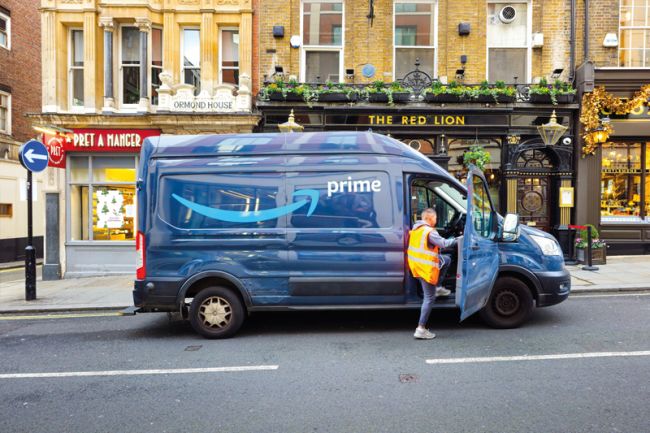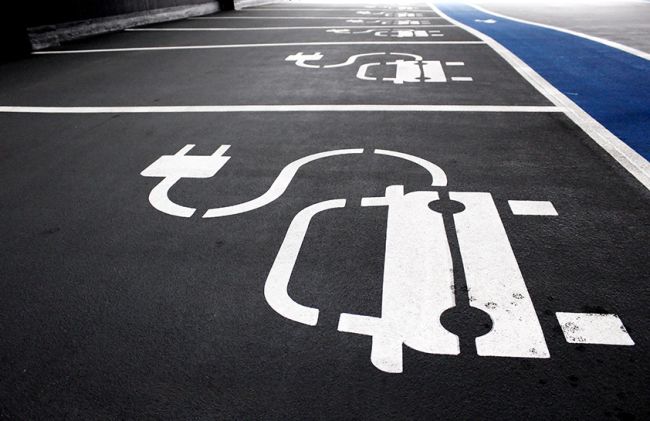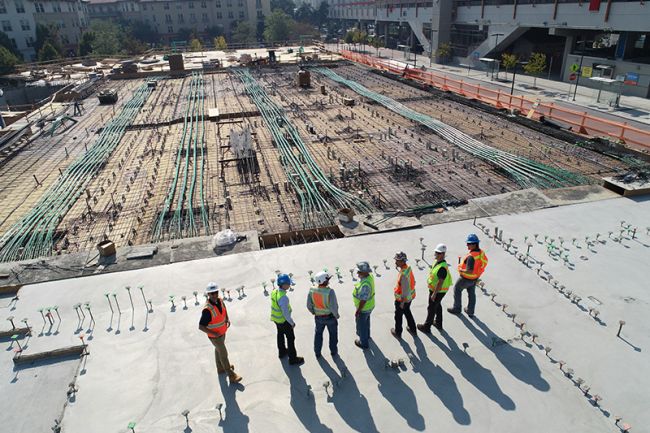Reducing California's greenhouse gas emissions through TDM
California is making progress towards its goals to reduce greenhouse gas (GHG) emissions to 40% below 1990 levels by 2030.

California is making progress towards its goals to reduce greenhouse gas (GHG) emissions to 40% below 1990 levels by 2030. But to ensure the state reaches that target, local and regional governments will need to encourage people to drive less.
To do so, some cities are using Climate Action Plans (CAPs), transportation demand management (TDM) ordinances and changes to the development review process to align local efforts with regional and state policies to reduce GHG emissions. The California Air Resources Board reported in July that the state had reached the first of its GHG reduction targets, to meet 1990 pollution levels, ahead of its 2020 deadline. In 2016, the state produced 429 million metric tons of carbon dioxide (MMCO2e), a roughly 13% drop from its peak in 2004. Both per capita GHG emissions and the intensity of pollution in relation to gross domestic product also decreased. According to the state’s annual inventory report, shifts in energy production, from coal to renewables and hydro-electric power both in and out of state, are the biggest factors contributing to these reductions.[1] As a percentage of the total, the transportation sector now produces roughly 40% of total GHG emissions.
Table 1: California’s greenhouse gas reduction targets
| Target | Year | Legislation |
| 1990 Levels(431MMCO2e) | 2020 | Assembly Bill 32 (2006) |
| 40% below 1990 Levels | 2030 | Senate Bill 32 (2015) |
| 80% below 1990 Levels | 2040 | Assembly Bill 32 (2006) |
Passenger vehicles contribute 120 MMCO2e per year, surpassing heavy-duty vehicles and other on-road sources. Thus, despite the adoption of alternative fuels and more efficient vehicles, our reliance on driving cars generates the bulk of our transportation GHG emissions (about 70% of the transportation sector), not to mention other harmful pollutants.
The latest Assembly Bill 32 scoping plan recognizes that vehicle miles traveled (VMT) reductions are necessary to meet 2030 targets, and provides a general list of strategies for implementation at the local and regional level to get us there, which include infill development, infrastructure, pricing policies and transportation efficiency/TDM measures.
Regional and local governments will be integral to these efforts. Per Senate Bill 375, the Air Resources Board sets GHG targets for each region in California. Metropolitan Planning Organizations (MPOs) have the responsibility for developing Sustainable Communities Strategies to meet those targets. Local governments may implement CAPs or other policies to guide how these reductions are achieved at the municipal level, whether through VMT reduction, better building practices, or renewable energy sources.
Some cities who have adopted Climate Action Plans have included behavior change targets. The City of Carlsbad’s CAP, for example, aims to increase alternative mode share to 40% by 2020. In 2018, Steer worked with the City of Carlsbad and the San Diego Association of Governments (SANDAG) to develop and draft a still pending municipal TDM ordinance, which was required by the CAP to help meet its objectives. A TDM Ordinance typically mandates that developers and/or property owners take some degree of action to limit the single occupancy vehicles trips to/from their site, using a combination of carrot and stick strategies such as site improvements, parking management, financial incentives, education and marketing. TDM Ordinances are by no means specific to California cities and vary depending on regional goals and objectives, regulatory environment, geography, land use patterns, and monitoring programs.
The City of Los Angeles is also in the final phases of developing a TDM Ordinance for commercial and residential development. This ordinance will require property owners to make site improvements that support use of alternative modes and implement commuter benefits programs for employees and residents. It also measures project performance towards specific mode share goals over time, by requiring that property owners regularly survey employees and residents. At the same time, both Carlsbad and Los Angeles are changing their development review process such that traffic impacts are measured by VMT, not by level of service (prompted by Senate Bill 743). This change favors the use of TDM strategies to mitigate traffic impacts in lieu of increasing roadway capacity. The TDM Ordinance can provide a vital framework to link vehicle trip reduction to development and further climate action planning at the municipal, regional and ultimately, the state level.
Written by Kate Bridges























